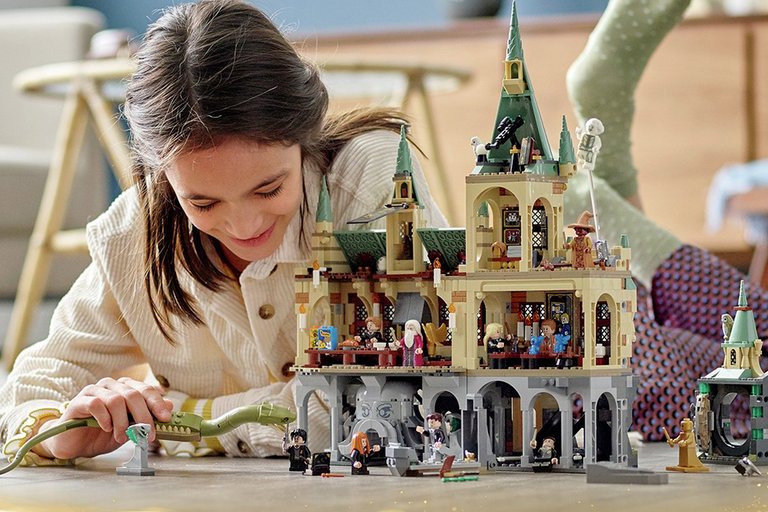The Truth About Salaries: How to Negotiate, Calculate, and Increase Your Income
Are you tired of feeling underpaid and undervalued? Do you want to know how to negotiate a higher salary or calculate your worth in the job market? Look no further! In this article, we'll explore the ins and outs of salaries, from understanding your worth to negotiating your next raise.
First, let's start with the basics: what is a salary? A salary is a fixed amount of money paid to an employee for their work over a set period of time, usually a year. Salaries can be hourly, weekly, or monthly, depending on the job and the employer. It's important to note that salaries can vary widely based on a number of factors, including experience, education, industry, location, and more.
So, how do you calculate your worth in the job market? One way to start is by researching the average salary for your job title and location. Websites like Glassdoor, Salary.com, and PayScale can provide you with this information. You can also talk to people in your industry or network to get a sense of what others are making. It's important to remember that these numbers are just averages, and your actual worth may be higher or lower based on your unique skills and experience.
Once you have a sense of your worth, it's time to negotiate your salary. Negotiating can be intimidating, but it's an important skill to master if you want to increase your income. Start by doing your research and preparing a strong case for why you deserve a higher salary. This could include citing your accomplishments, skills, and experience, as well as presenting market research that shows the average salary for your position.
During the negotiation, it's important to stay calm and professional. Be confident in your abilities and value, but also be open to compromise. Remember that negotiations are a two-way street, and you may need to be flexible in order to reach a mutually beneficial agreement.
Another way to increase your income is by asking for a raise. This can be a tricky conversation to have with your boss, but it's worth it if you feel you're not being paid what you're worth. Before asking for a raise, prepare a list of your accomplishments and contributions to the company. Be specific and provide concrete examples of how you've helped the company succeed.
When asking for a raise, be direct and specific about what you're asking for. Don't beat around the bush or make vague requests. State the amount you're asking for, and be prepared to justify why you deserve it. It's also important to be realistic and considerate of your employer's budget and resources.
In addition to negotiating and asking for raises, there are other ways to increase your income. One option is to take on additional responsibilities or projects that are outside of your job description. This can show your employer that you're a valuable asset to the company and may lead to a higher salary in the future.
Another option is to consider getting additional education or training. This can help you develop new skills that are in demand in your industry, making you more valuable to employers. It can also lead to higher salaries and more opportunities for advancement.
Finally, it's important to remember that salary isn't the only factor to consider when evaluating a job. Other benefits, such as healthcare, retirement plans, and vacation time, can also have a significant impact on your overall compensation. When evaluating job offers or considering whether to stay at your current job, be sure to take these benefits into account.
In conclusion, understanding and negotiating your salary is an important part of maximizing your income and advancing in your career. By researching your worth, preparing a strong case, and staying confident and professional during negotiations, you can increase your chances of getting the salary you deserve. Don't be afraid to ask for what you're worth, and remember that your value as an employee goes beyond just your salary. With the right skills, attitude, and negotiation tactics, you can take control of your financial future and achieve the success you deserve.
Labels: Business, Interesting












&qlt=75&fmt.jpeg.interlaced=true)







